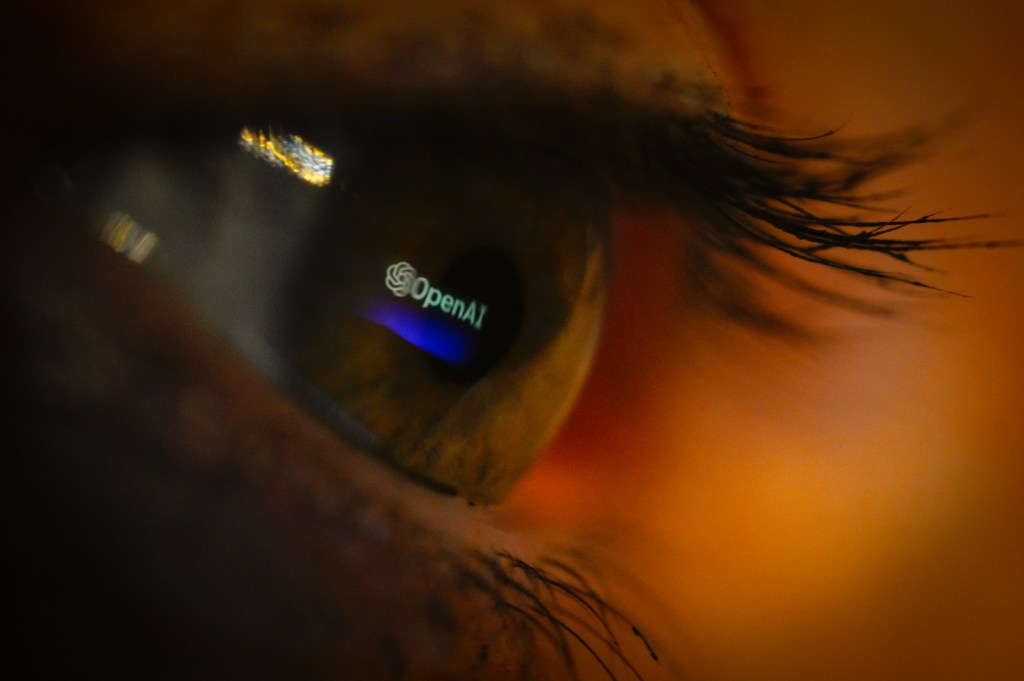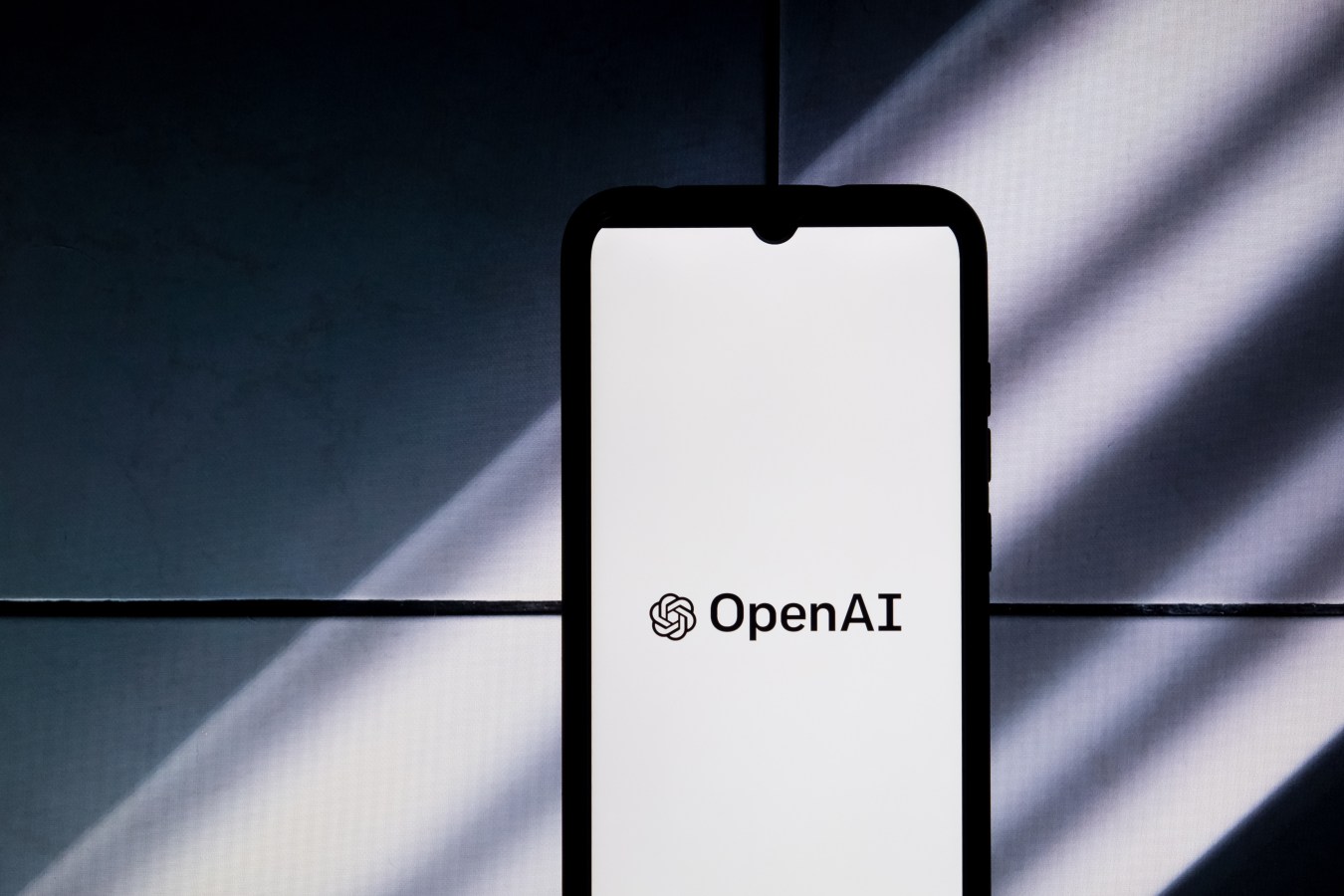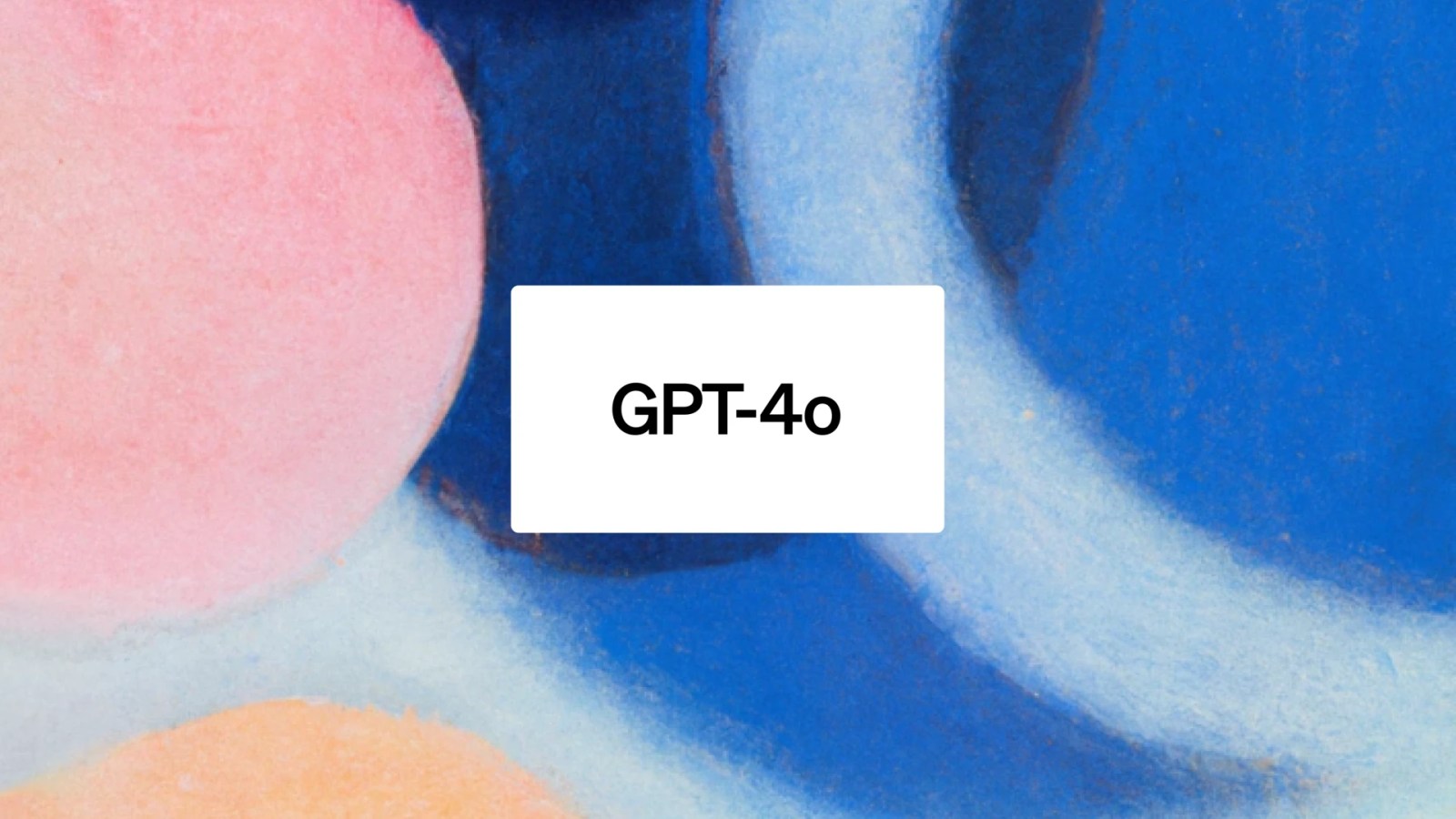In an era marked by the growing influence of artificial intelligence in the workplace, a provocative assertion from Sam Altman, CEO of Open AI, really captivates the imagination: can a billion-dollar enterprise be operated by one person using Generative AI?

This once-impossible notion underscores the rapid transformation in the workforce, indicating a future where AI-powered daily operations could exponentially enhance productivity, revolutionise team structures, and redefine organisational cultures.
The title of this article references a speech from Altman, in which he claims that we are really close to seeing billion-dollar companies of only 10 people, and eventually, we will see billion-dollar companies run by an individual: “In my little group chat with my tech CEO friends, there’s this betting pool for the first year that there is a one-person billion-dollar company. Which would have been unimaginable without AI and now will happen.”
Whether this will happen is quite controversial, but the reality is that, yes, it is possible. I would even suggest it’s very likely that we will see artificial intelligence replace a large part of what happens within a company, possibly with even greater results.
Is AI really a big deal for the future of work?
Yes, it is.
Is it far?
No, it’s not.
And right now, this is more than just opinion. Some empirical studies and papers strongly suggest a radical change.
One of the most impressive of these is a collaboration between Harvard social scientists, Warwick Business School, MIT, and the BCG consulting group.
“Navigating the Jagged Technological Frontier: Field Experimental Evidence of the Effects of AI on Knowledge Worker Productivity and Quality” is a 48-page publication about AI’s impact on the workforce.
The study was conducted using 758 consultants from BCG (Boston Consulting Group). It examined the performance implications of AI on realistic, complex, and knowledge-intensive tasks.
The tasks spanned a consultant’s daily work, including creativity, analytical thinking, writing proficiency, and persuasiveness.
There is a tonne of valuable nuance in the paper, but here is the headline: for 18 different tasks selected to be realistic samples of the kinds of work done at an elite consulting company, consultants using ChatGPT-4 outperformed those who did not use AI.
And they outperformed by a lot, in every dimension. In every way they measured performance.
After establishing a performance baseline on a similar task, consultants were randomly assigned to one of three conditions:
1. No AI access,
2. ChatGPT GPT-4 AI access, or
3. ChatGPT GPT-4 AI access with a prompt engineering overview
For each one of 18 realistic consulting tasks, consultants using AI were significantly more productive. These consultants completed more tasks (12% more) and quicker (25% more), with higher quality results (40% more compared to control).
More. Faster. Better. All using AI.
Consultants benefited significantly from having AI augmentation. Consultants considered as “average performers” had their threshold quality of work increased by 43%, and consultants who were already considered “elite” increased by 17% compared to their own scores.
Related
Centaurs and cyborgs
The integration of AI in the workplace is erasing the boundaries between human and machine workers, fundamentally reshaping the workforce beyond technological advancements. There’s a certain notion that workers are not really using AI for their tasks.
However, in workplaces, the use of tools like Grammarly for reviews, ChatGPT for initial drafts, and Otter.AI for transcriptions may not be explicitly recognised by workers as ‘AI’. They should be.
AI has two distinct trajectories in the workplace: impacting functions and impacting tasks.
Functional impact involves entrenching AI into crucial business operations, like IT, to improve productivity. Task-based increases efficiency for routine activities like email, leading to workforce streamlining.
The study furthers the think and gives an insight on how humans collaborate and integrate with AI, identifying two distinct integration models: centaurs and cyborgs.
One group of consultants operated as ‘centaurs’, similar to the mythical half-horse/half-human creature, splitting their problem-solving tasks between themselves and AI.
On the other hand, a different group of consultants functioned more like ‘cyborgs’: fully integrating their workflow with AI and consistently engaging with technology.
Centaurs have a strategic division of labour, switching between AI and human tasks and allocating responsibilities based on each entity’s strengths and capabilities.
In the study, centaur consultants would complete tasks they excelled at and then delegate other tasks to the AI.
On the other hand, cyborgs blend AI and person, integrating the two deeply. Cyborgs don’t just delegate tasks; they mesh their efforts with AI, moving back and forth.
Related
So what?
The rapid development and release of AI models may lead to a situation where technological advancements happen so quickly and frequently that it becomes increasingly challenging to distinguish between what is new and what has already been developed.
There is already a gap between the exponential growth of technology and the slower adaptation of organisations and individuals, highlighting the potential for disruption and the need for agility.
Current technology is advancing faster than workers can learn and adapt, and the rigid structures of job positions and descriptions make it difficult to keep up. The current system is not designed to accommodate such rapid change.
Our cognitive, cultural, and institutional mechanisms for dealing with change are much slower. This creates tension where the potential of new technologies outpaces our collective ability to effectively integrate them into our lives and work.
This could have consequences, from causing large-scale redundancies – rendering industries and jobs obsolete – to creating innovation-related stress.
It feels complex, and there is no turnkey solution. The starting point is to take an active focus on using AI for functional efficiency or task-based productivity gains (or both) and then educate and facilitate the emergence of centaurs and cyborgs.
Lucio Ribeiro is the Director of Marketing Digital and Innovation at the Seven Network. He is a pioneer in the field of artificial intelligence applied to marketing, advertising and business.
Look back on the week that was with hand-picked articles from Australia and around the world. Sign up to the Forbes Australia newsletter here.




